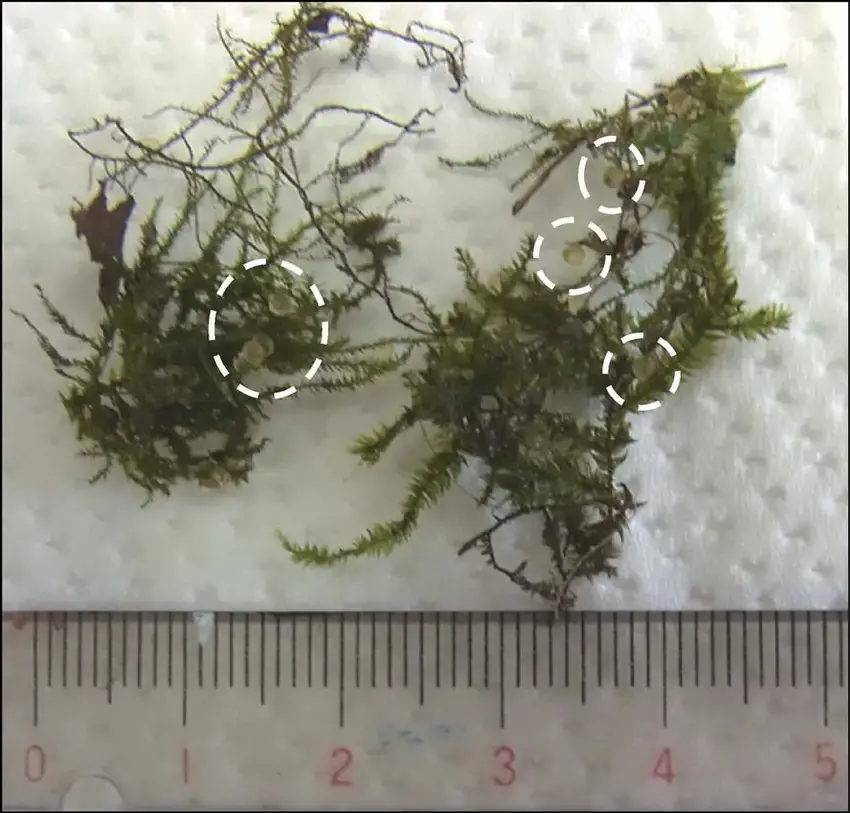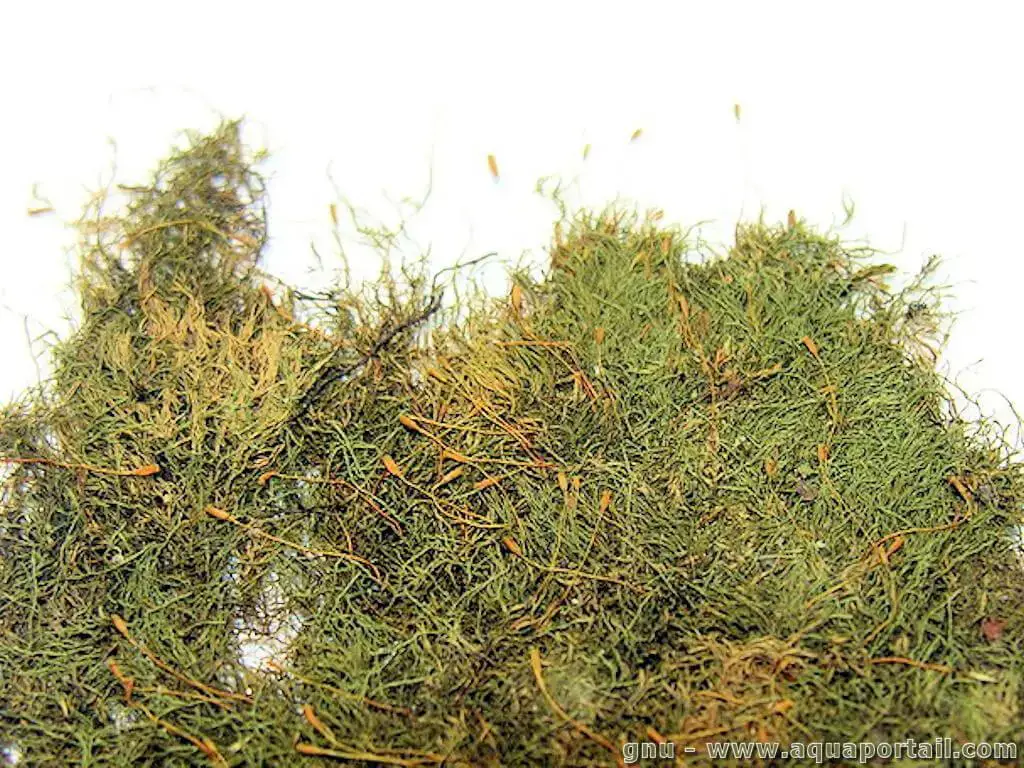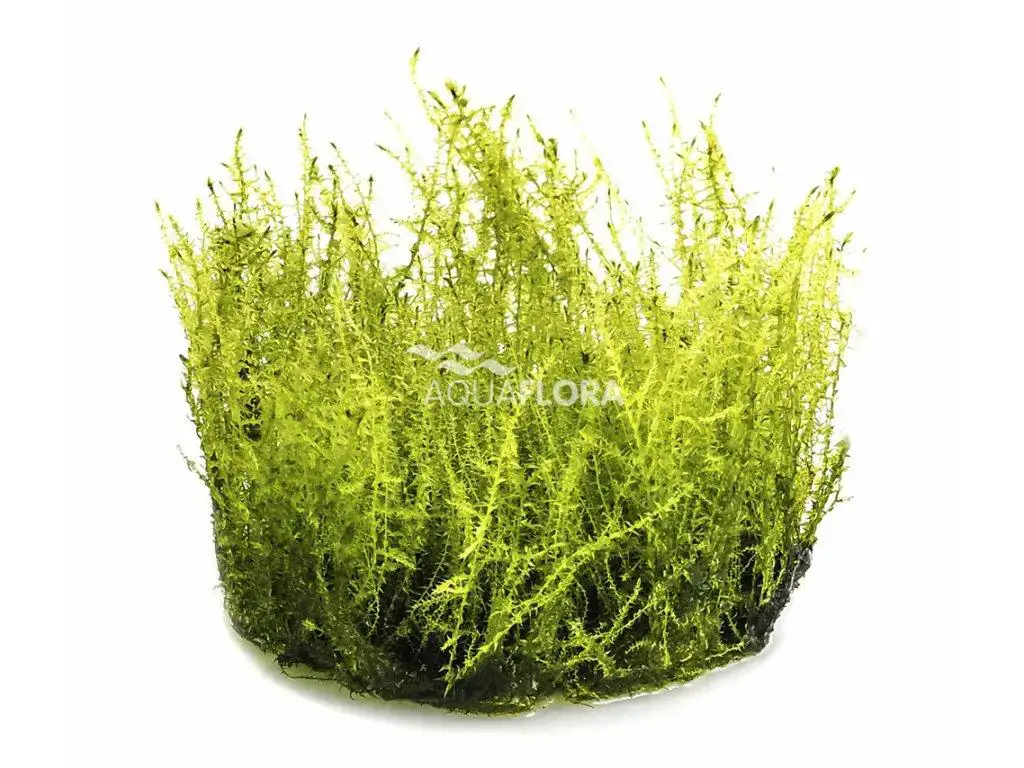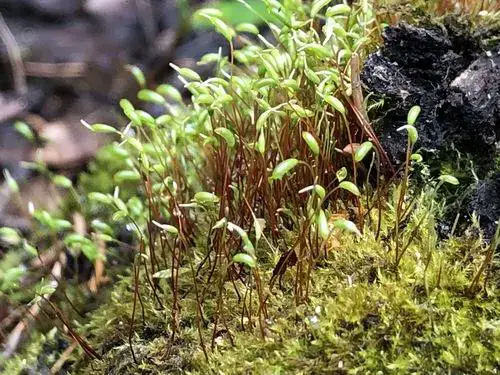
Eggs-of-medaka-Oryzias-latipes-deposited-on-aquatic-moss-Amblystegium-riparium-White.png from: https://www.researchgate.net/figure/Eggs-of-medaka-Oryzias-latipes-deposited-on-aquatic-moss-Amblystegium-riparium-White_fig6_287615727
Amblystegium tenuifolium Kindb.: The Delicate Moss of the Amblystegiaceae Family
Introduction
Today we’re diving into the fascinating world of Amblystegium tenuifolium Kindb., a delicate moss species belonging to the Amblystegiaceae family. This tiny but mighty plant plays important ecological roles and has some unique adaptations. Let’s explore this intriguing moss in more detail!

Amblystegium-varium-7.jpg from: https://ohiomosslichen.org/moss-amblystegium-varium/
Background on Amblystegium Mosses

221210162856_DSC_0340.JPG.full.JPG from: https://wildbristol.uk/groups/ferns-horsetails-mosses-liverworts/creeping-feather-moss/
The genus Amblystegium contains around 30 species of mosses found across the globe. These mosses are part of the larger Amblystegiaceae family within the class Bryopsida and phylum Bryophyta. Amblystegium mosses are generally small, creeping plants that form mats on various substrates.

amblystegium-serpens.jpg from: https://www.premiumbuces.com/amblystegium-serpens-nano-moss/
Morphology and Identification of A. tenuifolium

Philonotus-marchica.jpg from: https://ohiomosslichen.org/amblystegium-varium-10/
Amblystegium tenuifolium is characterized by its very slender stems and branches, giving it a delicate appearance. The leaves are small, 0.4-1.2 mm long

Amblystegium_serpens_a_1612130563.jpg from: https://bryophyteportal.org/portal/taxa/index.php?taxauthid=1&taxon=AMBLYSTEGIACEAE&cl=3
, and narrowly lanceolate in shape. They have a short, double costa (midrib) that extends 1/3 to 1/2 the leaf length.
The leaf margins are entire (smooth-edged) and the leaf cells are long and narrow (prosenchymatous). These identification features help distinguish A. tenuifolium from similar species.
Global Distribution and Habitat
A. tenuifolium has a wide distribution, being found in North America, Europe, Asia, and Africa. It grows in a variety of habitats, including on soil, rocks, tree bases, and decaying wood. This moss is often found in moist, shaded environments such as forests, ravines, and near streams or seeps.

784-1_amblystegium-serpens–nano-moss.jpg from: https://www.akvaria-aquascape.cz/akvarijni-rostliny/amblystegium-serpens–nano-moss/
Ecological Roles and Adaptations
Like other mosses, A. tenuifolium plays several important roles in its ecosystems:

medium.jpeg from: https://www.trustalchemy.com/yitcommonq/index.php?keyword=Aquatic-Nano-Feather-970136
- Erosion control: The dense mats help stabilize soil and prevent erosion.
- Water retention: Moss clumps absorb and slowly release water, regulating moisture in the microenvironment.
- Habitat for micro-organisms: Many tiny invertebrates make their homes among the moss stems and leaves.
A. tenuifolium has adaptations like desiccation tolerance that allow it to dry out and rehydrate without damage. Its small size and weft growth form help it thrive in its niche habitats.
Conclusion
Amblystegium tenuifolium may be an unassuming moss, but it has an important place in the ecosystems where it grows. Its delicate beauty belies the resilience and adaptations that allow it to thrive. Next time you’re out in nature, take a closer look – you might just spot this tiny wonder growing underfoot! What other secrets of the moss world remain to be uncovered?